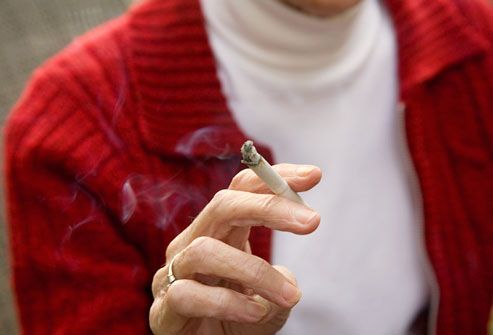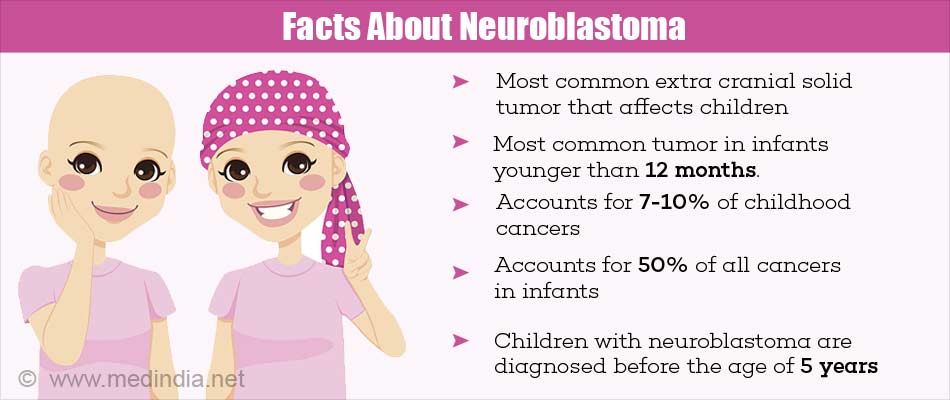Products Claiming to "Cure" Cancer Are a Cruel Deception
Beware of
products claiming to cure cancer on websites or social media platforms, such as
Facebook and Instagram.
Legitimate
medical products such as drugs and devices intended to treat cancer must gain
FDA approval or clearance before they are marketed and sold. The agency’s
review process helps ensure that these products are safe and effective for
their intended uses.
Nevertheless,
it’s always possible to find someone or some company hawking bogus cancer
“treatments,” which come in many forms, including pills, capsules, powders,
creams, teas, oils, and treatment kits. Frequently advertised as “natural”
treatments and often falsely labeled as dietary supplements, such products may
appear harmless, but may cause harm by delaying or interfering with proven,
beneficial treatments. Absent FDA approval or clearance for safety, they could
also contain dangerous ingredients.
The FDA
urges consumers to steer clear of these potentially unsafe and unproven
products and to always discuss cancer treatment options with their licensed
health care provider.
FDA Takes Action
In April
2017, the FDA sent out warning letters to 14 companies, advising them to change
or remove the fraudulent claims on their websites. If the companies don’t
comply, the FDA may take further legal action to prevent their products from
reaching consumers.
Red Flags
While some
fraudulent products claim to cure a variety of diseases and conditions,
fraudulent cancer products often use a particular vocabulary, Consumers should
recognize certain phrases as red flags, including:
- Treats all forms of cancer
- Miraculously kills cancer cells and tumors
- Shrinks malignant tumors
- Selectively kills cancer cells
- More effective than chemotherapy
- Attacks cancer cells, leaving healthy cells intact
- Cures cancer

